I want to get one thing straight from the start. I had avoided Japan, when the opportunity arose in the past, simply because I had perceived it to be too expensive a country to visit. Stories of sky-high accommodation costs and the need for bucket loads of cash for transport, food and activities had put me off heading to the Land of the Rising Sun. Japan’s reputation as an expensive destination does hold some truth and, should you wish, you could easily blow the budget staying at some mighty fine hotels, eat very well at one of Tokyo’s 200 Michelin-starred restaurants and shop til you drop in the plethora of beautiful designer stores that this fashion conscious country has to offer. But…it doesn’t have to be this way. You can experience Japan’s delicious cuisine, its fast paced cities and even faster bullet trains for a fraction of the cost and still have an incredible time exploring this utterly extraordinary country. Let me show you how!
TRANSPORT
Within Japanese cities, it is often best to explore on foot. Tokyo, however, is so vast that the best way around this is to combine the Metro with walking; getting to each district by underground and using your time and energy wisely to focus on the area you want to see rather than using it to get there. This is something that I talked about in my previous post about Tokyo – Tokyo Drift – The Beginner’s Guide to Tokyo. Further west in the country, Kyoto offers an easy to use and regular bus service that allows you to purchase a day pass to get around. In addition to this, one of the most popular (and easiest) ways to see Kyoto and its surrounding sights is by bicycle. Bikes are readily available throughout the city and cost approximately £5 for a day’s hire.
If you are planning to travel around Japan, the best thing you can purchase is a Japan Rail Pass. This pass must be bought outside of Japan, before you arrive in the country. This can be done online or via an accredited sales office/agent which can be found on the Japan Rail website. The pass, after your flight, is likely to be your biggest expense, but the value it offers is well worth paying for, with tickets bought on the day in Japan costing much more if purchased individually. The eight train journeys I took (six of which were by the Shinkansen bullet train) would have cost me almost three times the price of the 7 day Japan Rail Pass I purchased prior to my trip.
Do bear in mind, the pass has restrictions, based on the type of pass you have bought. The passes are time-specific (to be used on the next 7 consecutive days, for example, once the administration is completed in an exchange office in Japan), geographically-specific (with passes available for the whole country, but also for different regions to suit the need of the traveller that mean you cannot leave that region without an extra cost being incurred) or train-specific (with many of the fastest shinkansen trains such as the Nozomi and Mizuho trains unavailable to pass holders).
I found using Google Maps public transport function helped enormously in planning my train travel in Japan and ensuring I selected the correct train on which I could reach my chosen destinations. I would also advise carefully planning the start date of your pass so that it allows you to maximise your necessary travel within Japan. There is no point exchanging the pass as soon as you arrive in Tokyo, for example, if you are planning to spend a few days in the city without using it. Your savings would be immediately eradicated whilst you enjoy the Imperial Palace, the Shibuya Crossing and Harajuku.
Oh…yeah…and, one final thing on the trains…the Shinkansen bullet trains are A M A Z I N G! Definitely one of my top travel experiences!
If you need to fly, particularly to domestic destinations within Japan such as the islands of Okinawa and northern city of Sapporo, for example, All Nippon Airways (ANA) offers the Experience Japan Fare and Japan Airlines (JAL) the Explorer Pass to foreign visitors with specially discounted fares.
ACCOMMODATION
There’s no getting round this one…securing decent accommodation in Japan can be a little tricky, especially if you are travelling on a budget as it is either expensive or pretty small in size. Despite this, do not despair! The hostel scene is well developed and many places are available to travellers unable to splash out on more luxurious accommodation. In Tokyo, I selected to stay at the Imano – a hostel centrally located in the Shinjuku district; making it perfect for transport connections around the city as it is within walking distance of the ginormous Shinjuku Station which is on Tokyo Metro’s Yamanote Line, which takes you to several of the key attractions in the city. The Piece Hostel Sanjo was my accommodation choice in Kyoto. A modern development, this is hostel is as good as it gets when it comes to flashpacking! The communal areas are immaculate with a keen eye for design and the dorm rooms feature a double bed! In addition to this, a filling breakfast is included (thus, saving you money) and you’ll find a shelf on each floor from where you can select fresh pillows, if you need any extra, along with slippers for you to wear in the room.
I viewed Tokyo and Kyoto as cities from which I could base myself so I could see the sights of the cities themselves, but also as a base to explore the wider area around them. Kyoto is an especially practical choice with much to see within a train ride from the city such as the incredibly moving city of Hiroshima and the port and commercial hub that is Osaka. Having the Japan Rail Pass affords you the opportunity to do this. Longer stays in Japan may be best served by staying in long term rented accommodation where you can cater for yourself from the weird and wonderful goods on offer in Japan’s 3 major convenience stores – Seven Eleven, FamilyMart and Lawson.
FOOD
Oh. My. God! The food in Japan is on another level! Even when travelling on a budget, you can easily afford to enjoy the culinary wonders of Japan. If possible, breakfast is best taken where you are staying (especially if it it is included in the price). If not, there are plenty of cafes offering breakfast specials and a decent cup of coffee to set you up for a day’s exploring. The convenience stores mentioned above offer reasonably priced, good quality coffee too.
I highly recommend you pick up one of the bento boxes for lunch (available at a number of food stores) as they are very filling and taste great! I found excellent ramen (usually with noodles) across Japan. Many of the places selling ramen in the big cities operate a ‘fast food’ system to cater for the time-pressed ‘salaryman’ (office worker) and will have a vending machine that allows you to select and pay for the dishes you want with very little hassle involved. The machines are often only in Japanese, but I found the staff were very accommodating in helping, usually providing an English menu or asking me to point to the meal I wanted using the surreal yet realistic looking replica fake food displayed in the windows that are aimed at attracting customers into the restaurant. The budget conscious would be wise to check out the chain restaurants too. My favourite was CoCo Ichibanya which serves the most delicious katsu curry for about £7 as part of an extensive and affordable menu.
One notable mention, for those heading to Kyoto, is the Kyoto Sando Food Hall, directly opposite the main railway station and located in the subterranean levels of the iconic Kyoto Tower. There are a wide range of eateries offering good value excellent quality food from Japan and around the world. This simple beef and rice dish I had was just INCREDIBLE!
You are in Japan…you have to eat sushi at least once! As you might expect, the quality is exceptional. I visited a stand up sushi bar in Shibuya where they (to my surprise) offered reduced prices as the evening went on. Such is the pride in selling fresh fish (ie. caught that day) the sushi restaurants often discount the dishes in order to sell fish of the best possible quality before they close. In places like this, you will also find yourself shoulder to shoulder with locals and that is always a good sign of a top place to eat when it is busy with people from the city, particularly in an area that is very popular with tourists.
For me, part of the fun was exploring the food on offer, whether that be the exquisitely presented dishes that looked too good to eat to trying to decipher what was savoury and what was sweet in the supermarkets and eateries and to staring in wonder at the £100 (yes, £100!) cantaloupe melons on sale at the immaculate department stores in Kyoto.
SIGHTS AND ATTRACTIONS
TOKYO
Tokyo is a one of a kind. It IS the sprawling neon metropolis of ‘Bladerunner’ and, at the same time, the delicate sakura (cherry blossom) covered fairytale where manners count for everything and not a single soul will accidentally bump into a fellow commuter as they hurry through Shinjuku Station at rush hour. You will get lost. You will find you have your mouth open in shock and awe; whether that be among the cosplay crowds of Harajuku or simply on discovery of that button on the electric toilet seat that plays music to mask the sound of your potentially noisy ablutions! Tokyo has to be seen to believed. For more details on Tokyo, check out my post about the capital here – Tokyo Drift – The Beginner’s Guide to Tokyo.
KYOTO
‘Peace’ and ‘serenity’ are the watchwords in Kyoto. This is Japan’s historic heart and soul and where the Japanese head to get in touch with their roots. This cultural hub is home to the Geisha – the traditional Japanese female entertainer and hostess, beautiful streets lined with wooden houses that sit by sakura trees and quaint streams as well as some of the most stunning ancient architecture in the country. This is by no means a comprehensive list, but I recommend you make an effort to visit the following:
– Kinkakuji – Also known as the Golden Pavillion, thanks to its striking gold exterior, is a hugely popular attraction in Kyoto. Despite the crowds, it is surprisingly serene, and well worth a visit to watch the building shimmer in reflection as it sits by the water’s edge.
– Shinbashi Dori – This street is often attributed as the most beautiful street in the whole of Kyoto. The setting is just perfect with a gently flowing stream, sheltered by overhanging cherry blossom trees and pretty wooden bridges that span across the water to allow access to the charming restaurants and tea houses that sit opposite. This part of the famous Gion District is wonderfully photogenic and great for a stroll as you are passing the through the area.
– Hokanji – Also known as the ‘Yasaka Pagoda’ thanks to its location close to the Yasaka Shrine in the Higashiyama District of Kyoto is a must see. The soaring pagoda acts as a focal point as you stroll uphill and past it towards the Kiyomizu-dera that gives a great view over the city. All this is best done whilst munching on one of the delicious beef steamed buns bought, freshly made, from one of the sellers you walk by on the way up and with a refreshing matcha flavoured ice cream. If you want this place to yourself, you will need to be up with the lark as it gets very busy with tourists and Japanese school groups as the day progresses.
– Tōji – This temple and its five-storey pagoda, a few minutes walk from Kyoto’s main railway station is a much quieter and less tourist-heavy place to visit than the popular Hokanji pagoda mentioned above. Dating back to 826 (but rebuilt in 1644), the Tōji Temple and 55m tall pagoda are set in peaceful parkland and offer you the chance to explore one of the city’s oldest sights.
– Fushimi Inari Shrine – One of Kyoto’s most distinctive sights, the World Heritage Fushimi Inari Taisha Shinto shrine in the south east of the city, is thousands of densely packed vermilion-coloured torii gates that form tunnels that snake through the forest of Mount Inari. The gates themselves are paid for by donations from local businesses who in return for the perceived prosperity associated with having sponsored a gate, get their name inscribed in black kanji lettering on the side of the gates. An enjoyable and not too strenuous uphill walk leads to a number of viewpoints that on a clear day gives the viewer a magnificent view over Kyoto.
– Arashiyama – The big draw to this area on the western outskirts of Kyoto is one of Japan’s most photographed tourist sights, the Arashiyama bamboo grove. With pathways lined with tall bamboo shoots that almost appear to disappear into the sky and a light that shines through that makes this place almost ethereal, it is quite understandable why it is such a popular visitor attraction. Again, the early bird catches the worm here! An early arrival here also means that you can spend the rest of the morning and afternoon exploring the other local attractions such as the numerous temples and monkey park which is home to over 150 macaques.
NARA
A day trip from Kyoto is, Japan’s former capital, Nara. Home to ancient temples such as the Todaiji Temple complex; its main building, the Daibutsuden (Big Buddha Hall) is the world’s largest wooden building and to…a big Buddha! Further exploration of the area will take you to the Nigatsudo Hall, located on land higher above the Daibutsuden, where you can take in the wide views across the city and the Nara Prefecture. Making your way to these temples you cannot help but be bowled over by the cute deer that inhabit the park, as well as the temple grounds too, who will often happily pose for a picture…on the condition that you provide them with their favourite snack of ‘deer cookies’, which can be bought from the nearby sellers for 150 Yen (about £1).
HIROSHIMA and MIYAJIMA
Despite being over 200 miles away from Kyoto, thanks to the Shinkansen bullet train, Hiroshima is quite easy to visit for the day. The 2 hour journey each way means an early start and late arrival back in Kyoto will give you chance to see and experience a fair amount of a city with an incredible history. On the 6th August 1945 the United States dropped an atomic bomb that devastated Hiroshima. The structures that remain from that day form part of the Hiroshima Peace Memorial Park. The park serves as a reminder of the horrors of war and acts as a site of commemoration for the victims of this nuclear attack. The ruined A-Bomb Dome, a former Government building, was closest to the hypocenter of the bomb and is partially intact. The memorial itself spans the whole park, next to a river where locals go about their daily business, at the heart of what is a sprawling metropolis of over 1 million people. I urge you to visit the excellent Hiroshima Peace Memorial Museum, a building dedicated to educating visitors about the bomb. It houses exhibits that explain and inform as well as a significant number of artifacts from the bombing, including a lunch box, a wristwatch and scorched items of clothing from the explosion.
In addition to this incredibly important aspect of the city’s history, there are several other amazing attractions in Hiroshima that make no reference to this awful atrocity and I would heartily recommend a longer stay in the city to allow you the opportunity to fully explore Hiroshima and its surrounding environment.
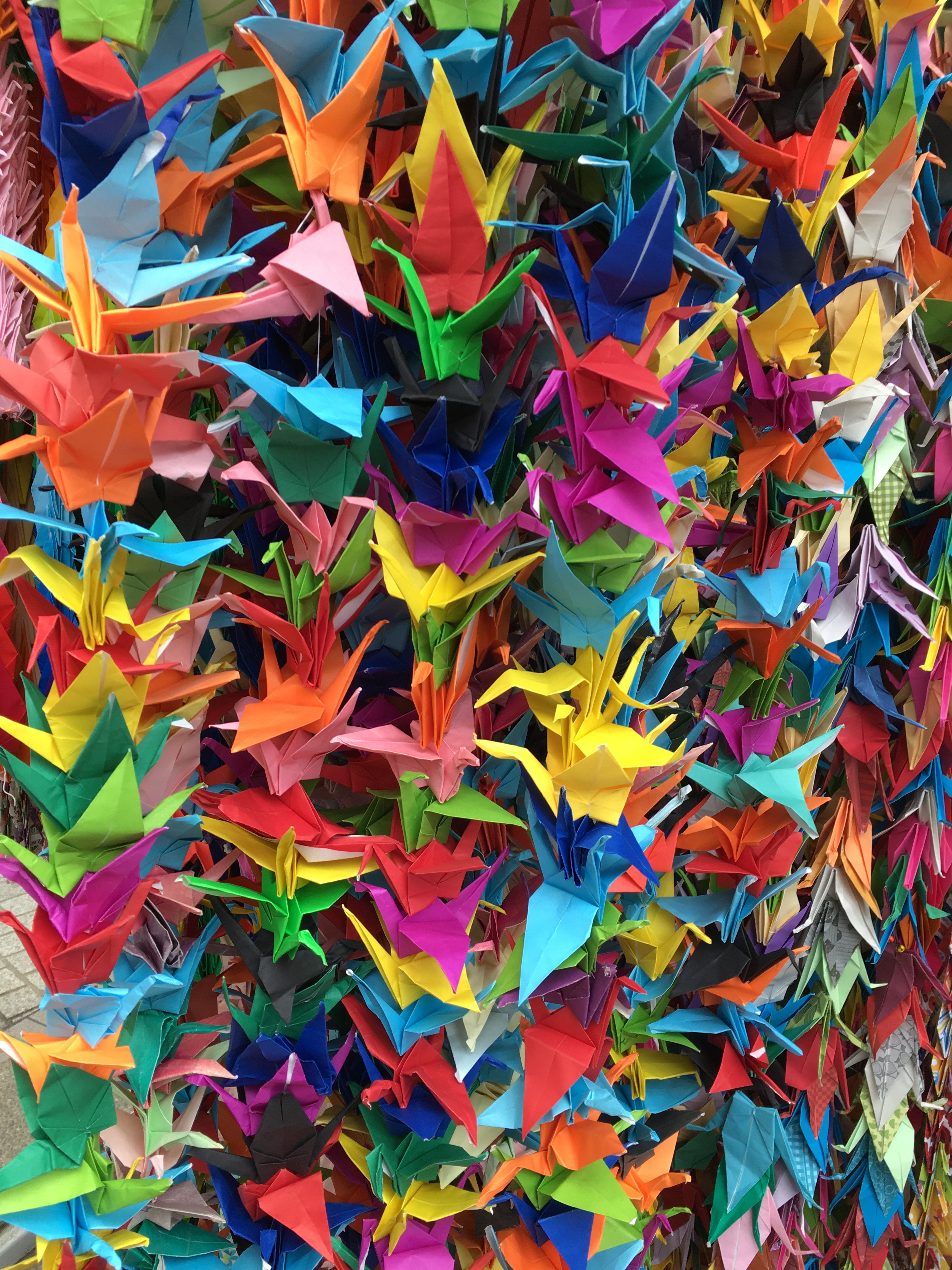
The paper crane acts as a symbol of peace. The park is home to a large display of these in a range of colours and sizes. (source – Pulped Travel)

Whilst in Hiroshima, you have the opportunity to take a short train ride and boat journey (both of which are covered by the Japan Rail Pass, by the way) to one of Japan’s most revered sites. Miyajima, also known as Itsukushima, is a small island in Hiroshima Bay famous for its verdant forests and ancient temples. A few metres offshore from Miyajima you will see the enormous vermillion lacquered Great Torii Gate that becomes partially submerged at high tide, marking the entrance to the Itsukushima Shrine. The Torii Gate is quite the sight to behold and coupled with a number of deer roaming the island, this makes for a very special place. If I had known, I would have certainly considered staying a night or two on the island as, like Hiroshima, it offers a range of interesting sights and attractions as well as some spectacular hiking trails up Mount Misen.
NAGOYA
A short stay in Japan’s fourth most populous city, afforded me an insight into a city that seemed filled with people rushing to and from work; a city of commerce where salarymen (and women) dashed into and out of the most amazing glass-fronted skyscrapers as part of a cityscape filled with some of the most daring modern structures I saw on the whole of my trip. From the Oasis 21 bus station its ‘floating’ roof and ornamental rooftop pond to automated multi-storey car parks, Nagoya is an impressive city. And, despite its futuristic appearance, Nagoya, like most Japanese cities, is home to many intriguing shrines and the magnificent Nagoya Castle.
TOP TIPS
– Be warned! You are going to suffer some serious toilet envy whilst travelling round Japan. How I have lived without a heated toilet seat and all manner of squirting jets with which to wash myself, is beyond me!
– No need to tip in Japan; it is simply not the done thing.
– When in Tokyo, be sure to stride across the famous Shibuya Crossing, where over 1000 people at a time get from one side of the road to the other surrounded by the neon hoardings and flashing advertisements of one of the city’s most energetic districts.
WHEN TO GO
Japan is an excellent year round destination with something to offer all travellers from beach worshippers (on the islands of Okinawa off the south west of Kyushu) to avid skiers (at Niseko on the northern island of Hokkaido), but be warned the summers, for example, can be stiflingly hot and humid in the cities; so my advice would be to aim for Spring and Autumn if you planning to see the attractions of Tokyo, Kyoto and Osaka. The sakura season is a big deal in Tokyo and the rest of Japan, so book ahead if you are visiting the country around mid-March to mid-April. Also, look out for when Golden Week falls. This collection of national holidays on the same week mean transportation and accommodation reservations can be difficult to obtain as you will be travelling at the same time as much of Japan!
I hope this guide goes some way to helping you on your very own Japanese adventure! If you have any questions or tips you would like to add, please leave a comment below.
Arigato gozaimasu!

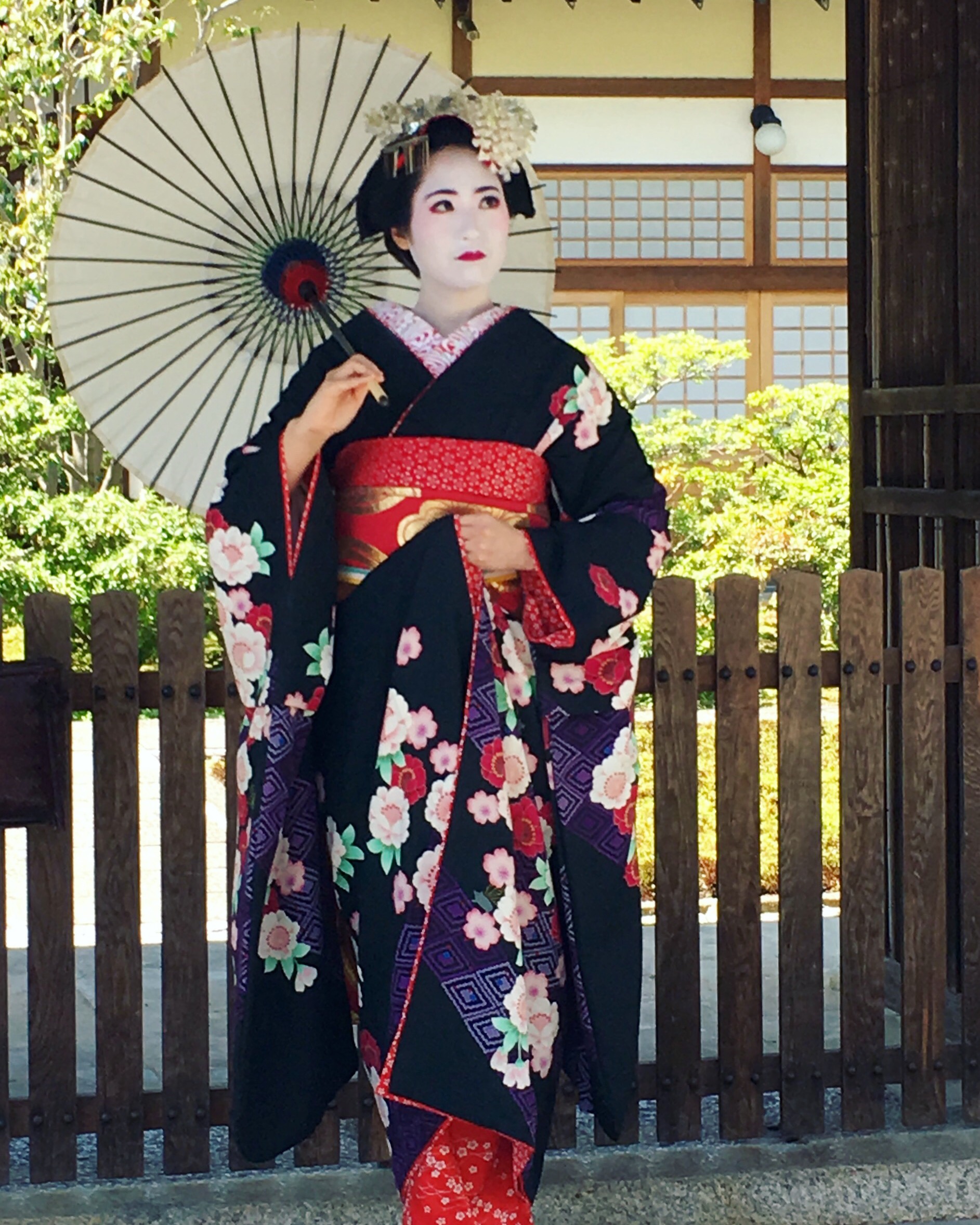

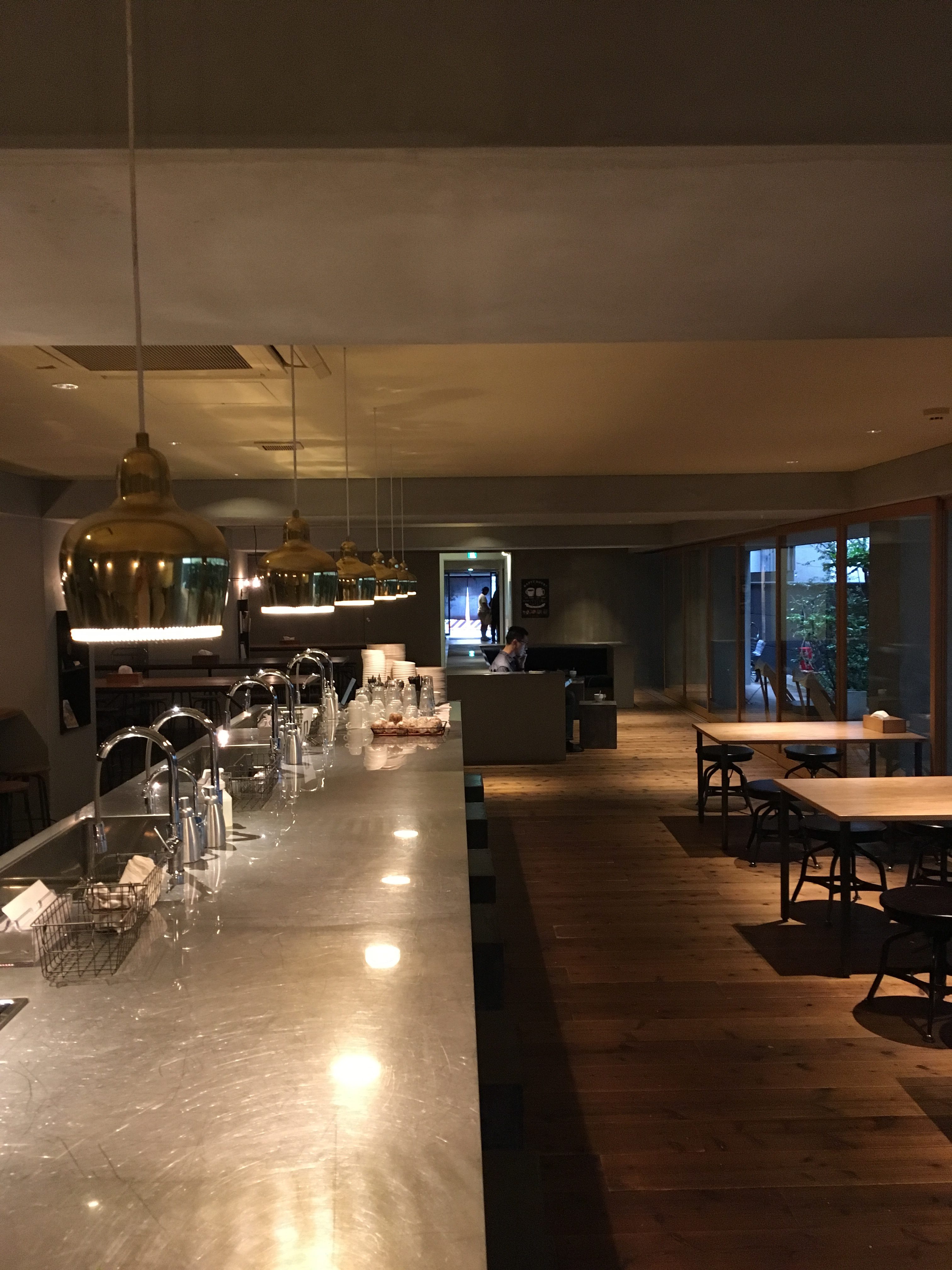
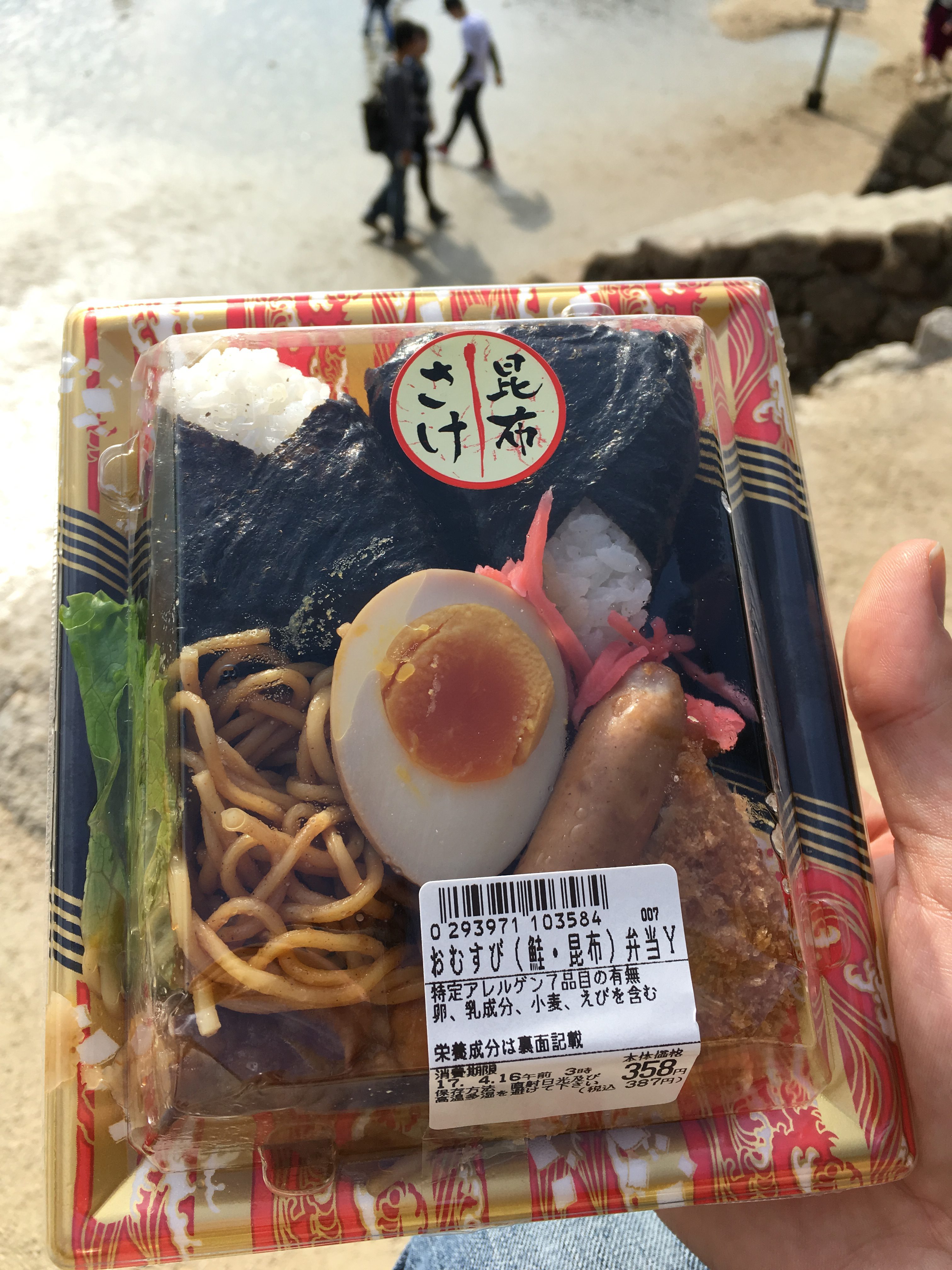
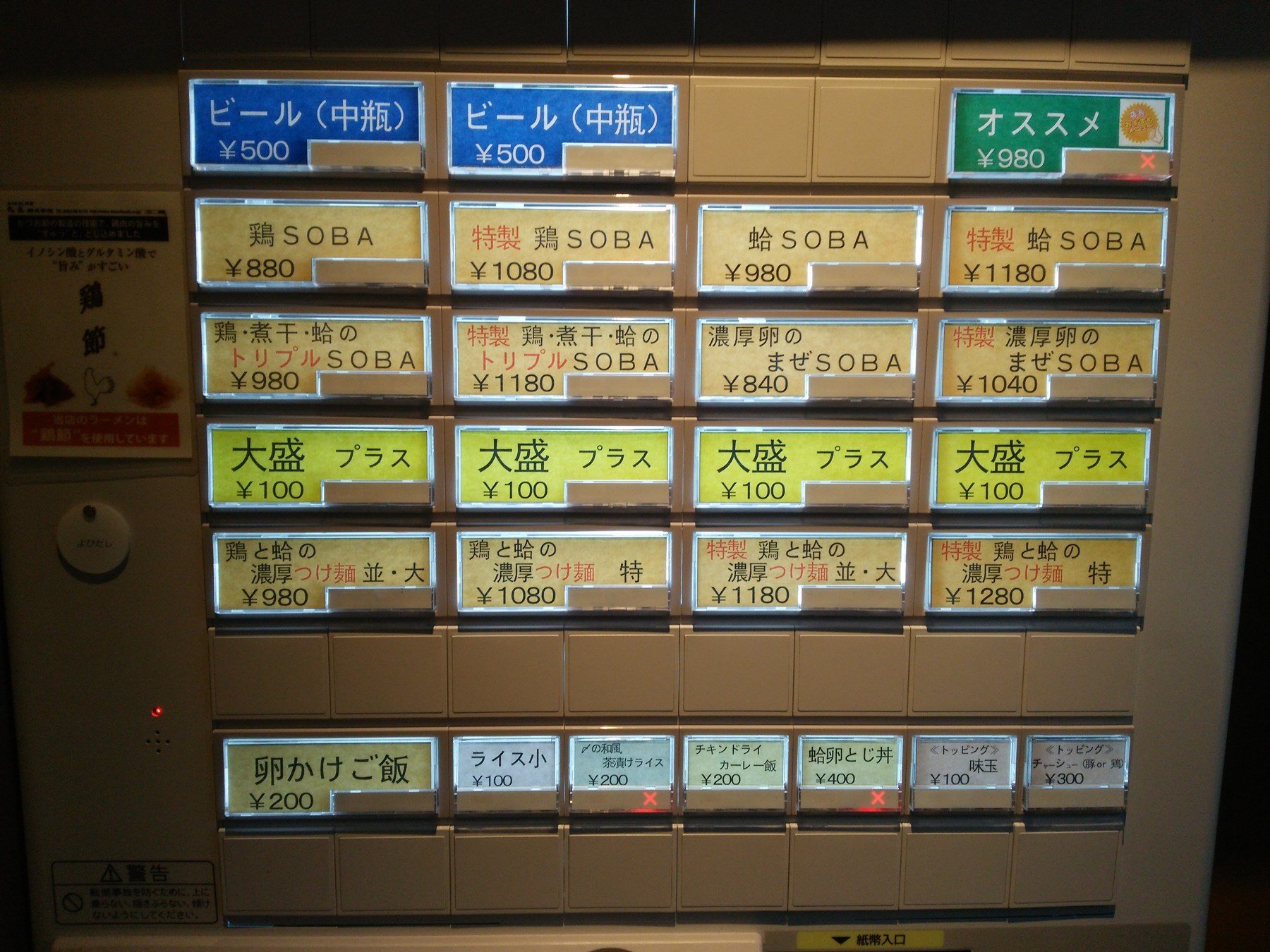
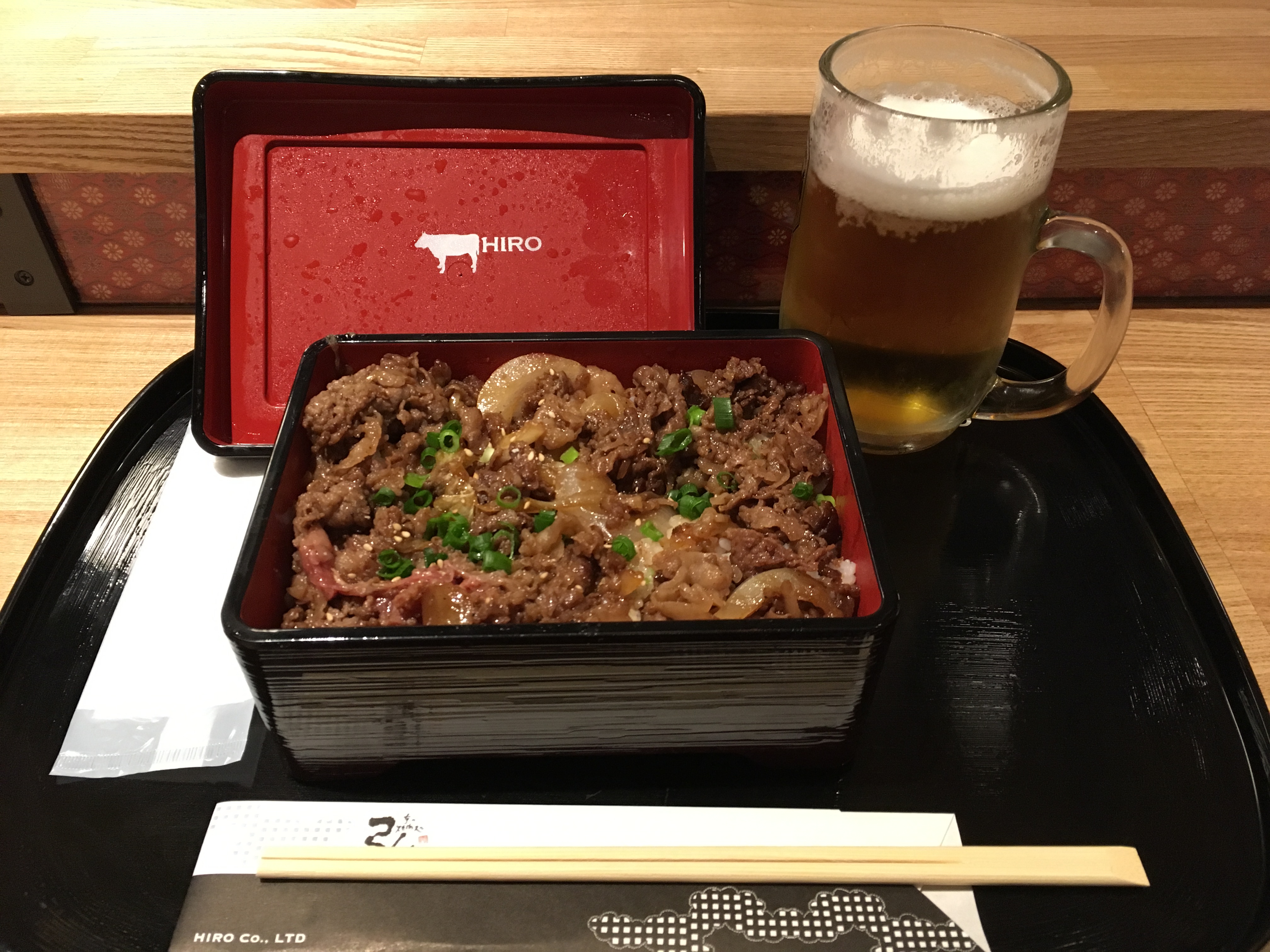

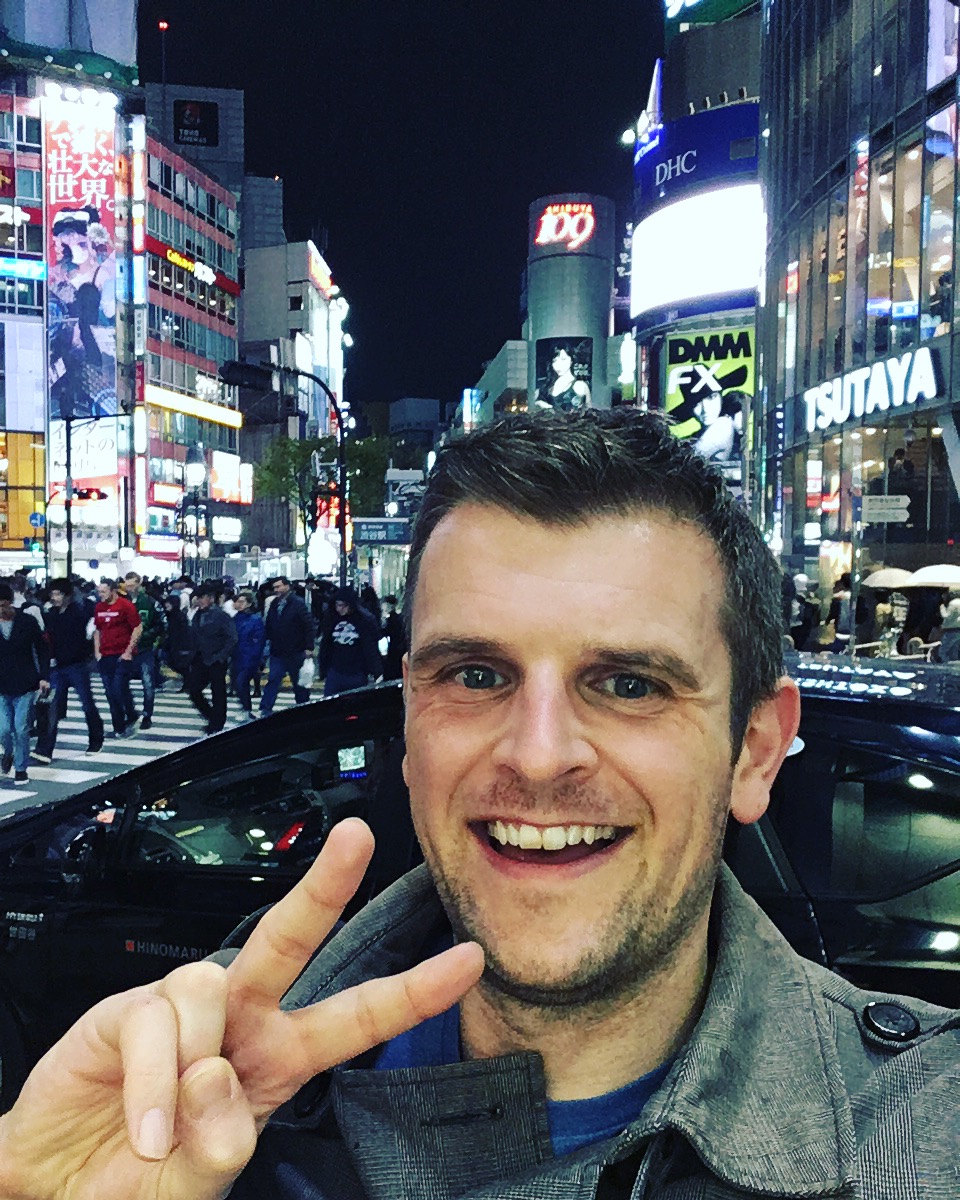
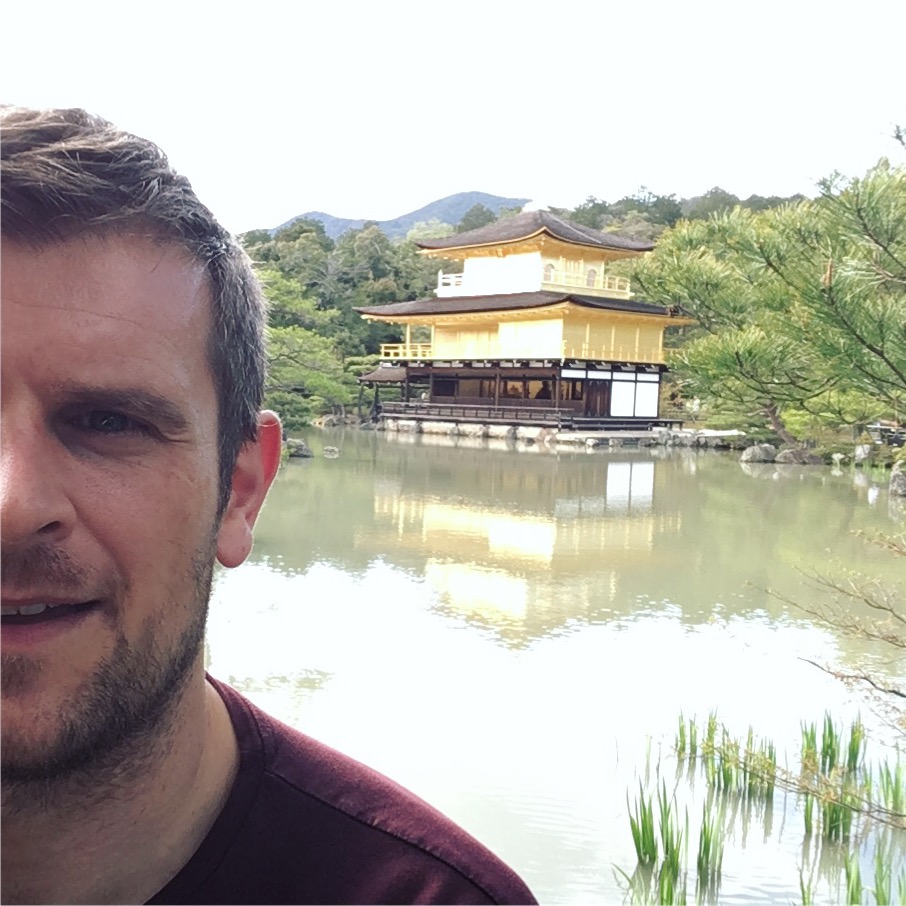
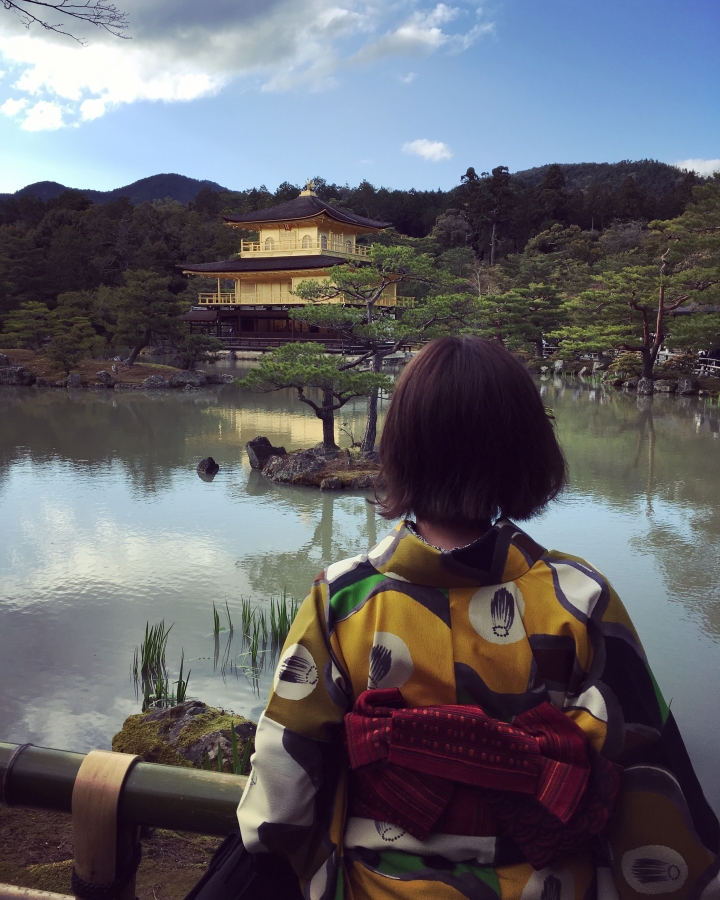
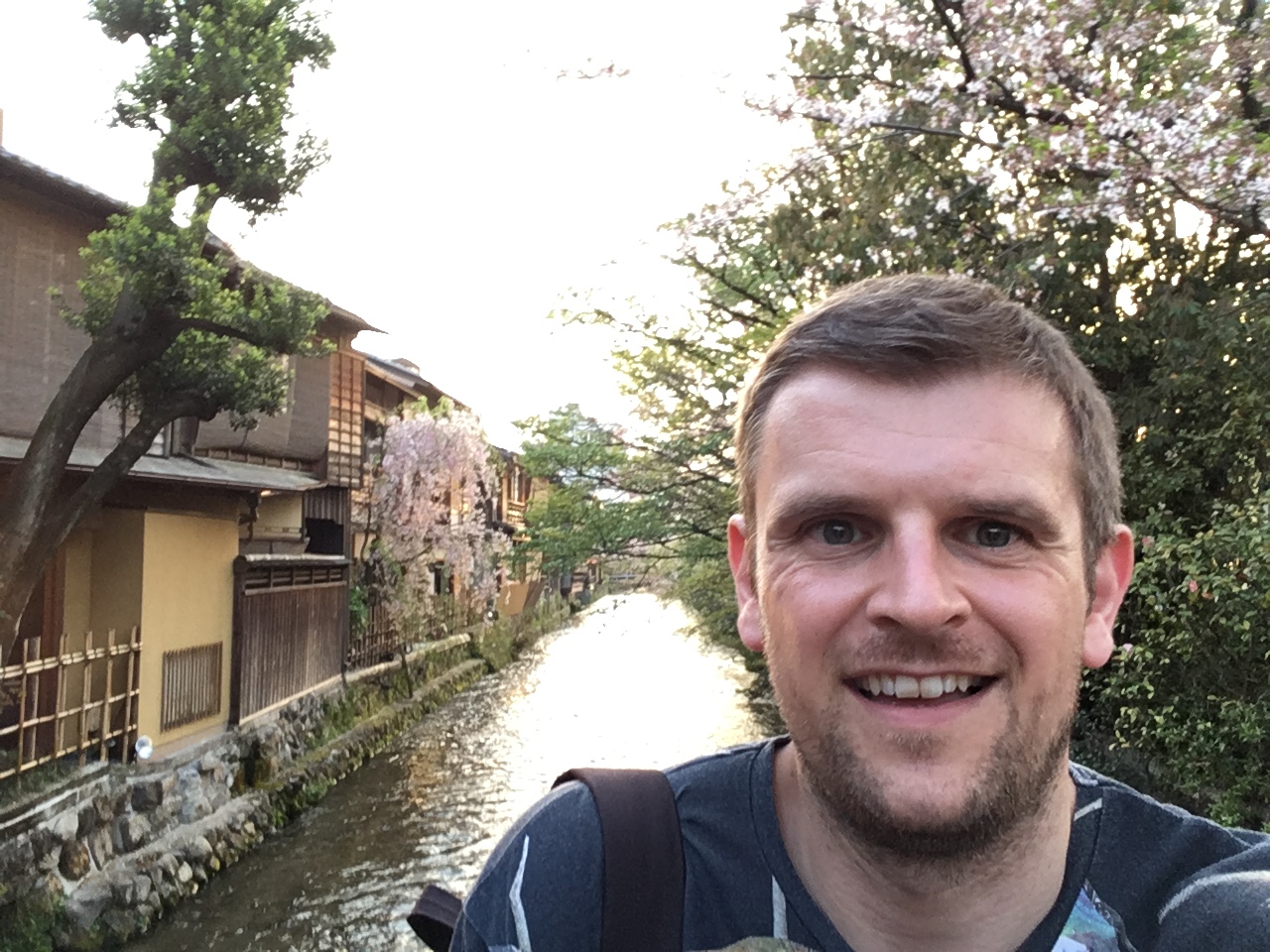
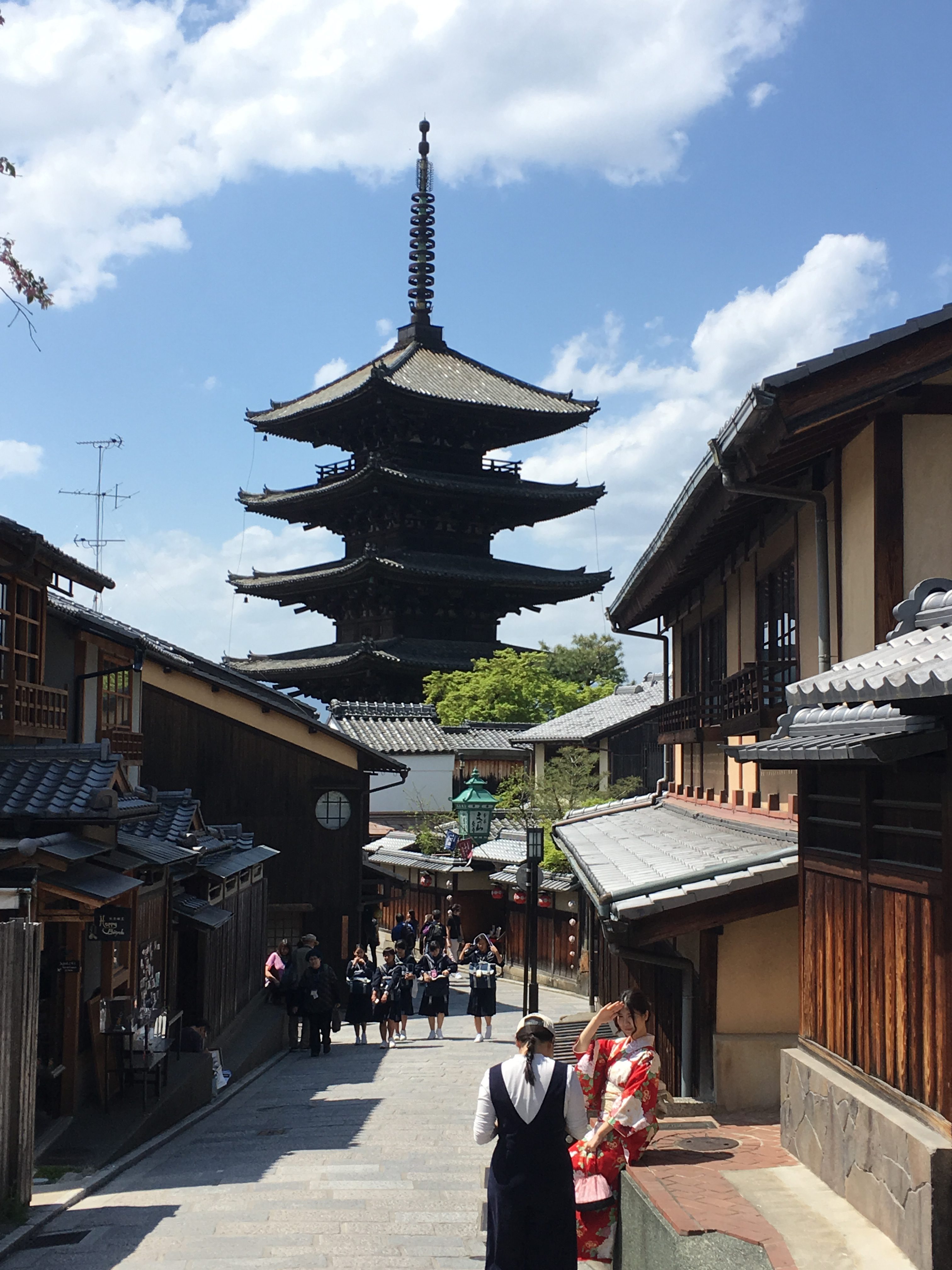
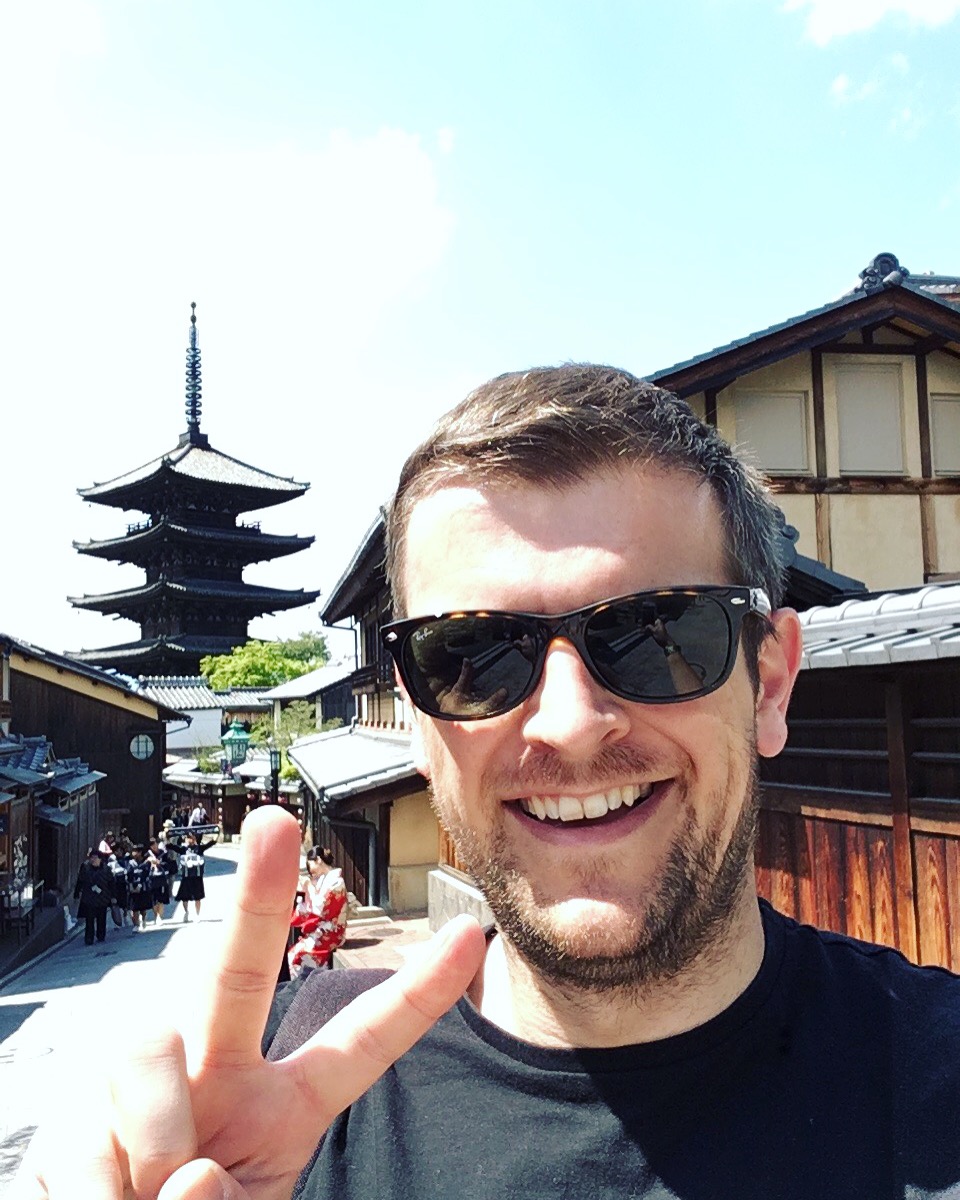
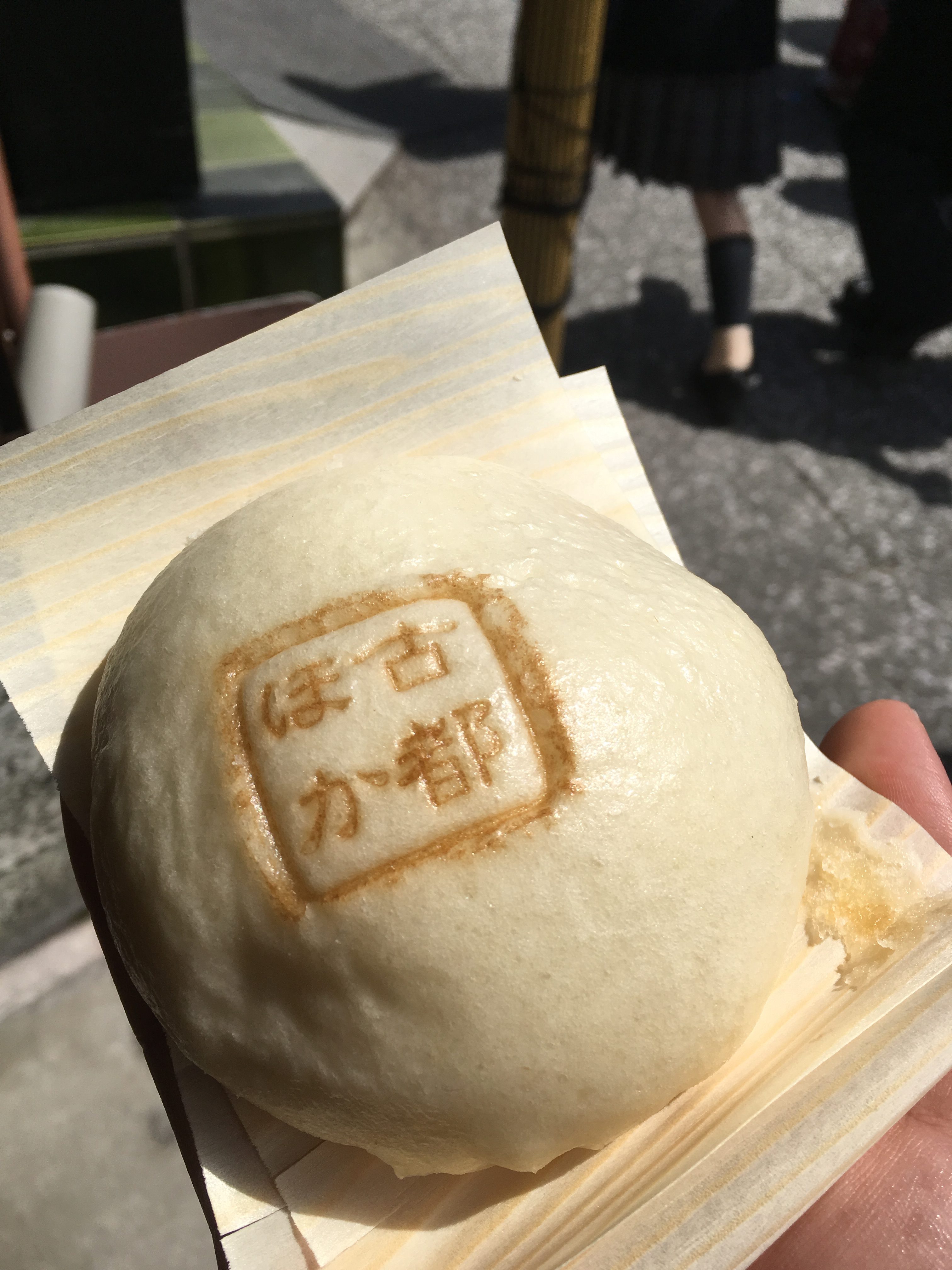

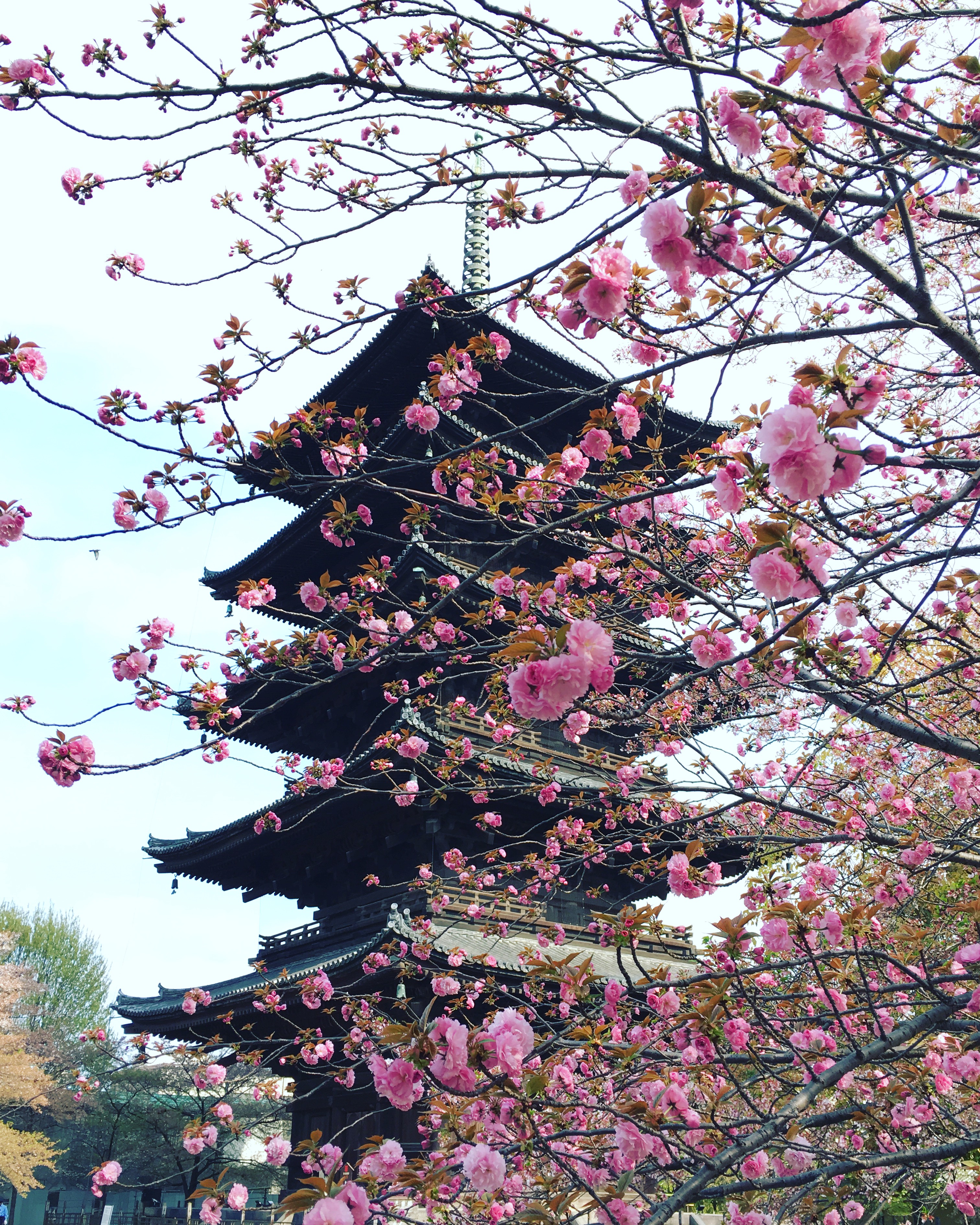

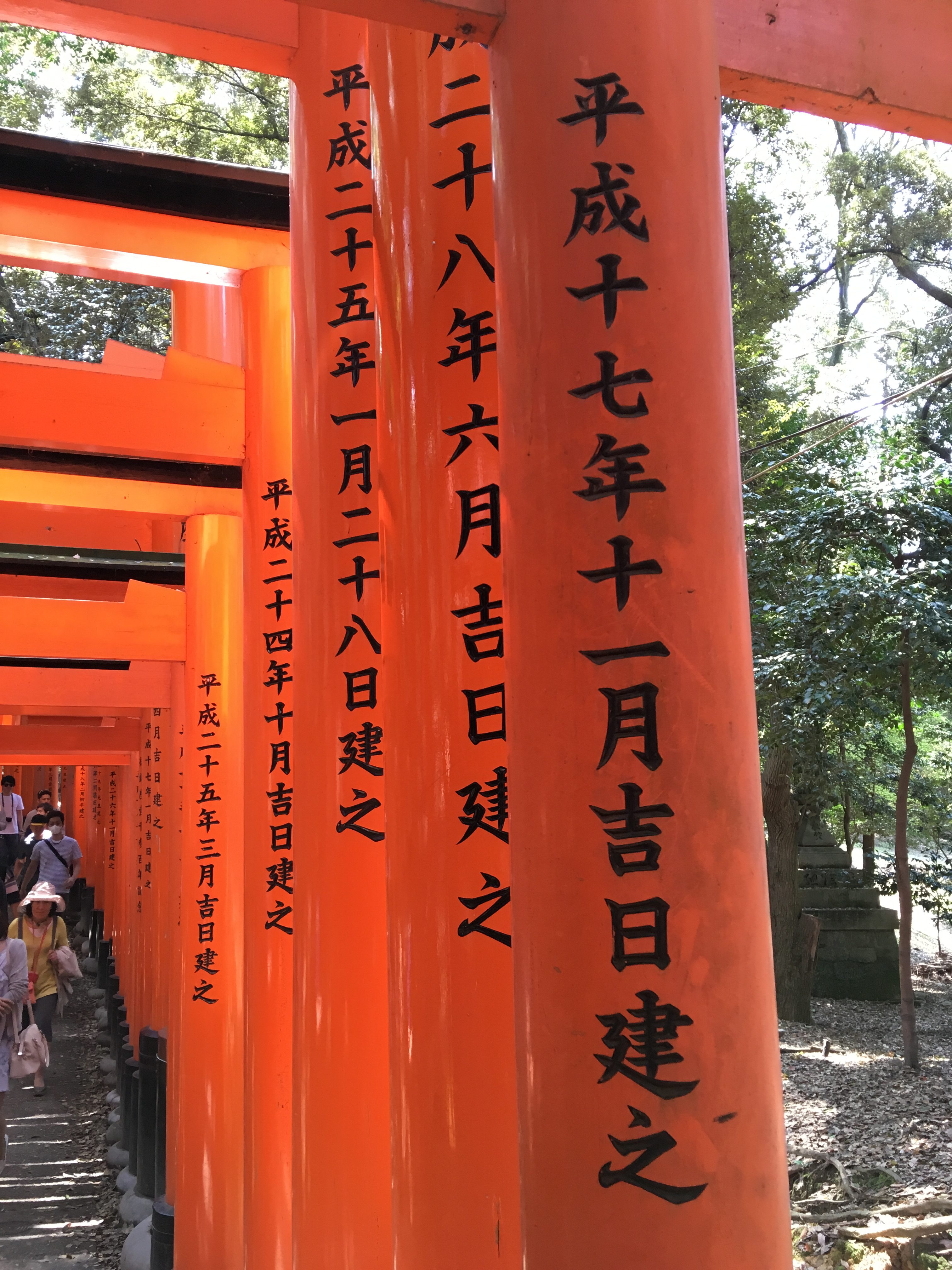



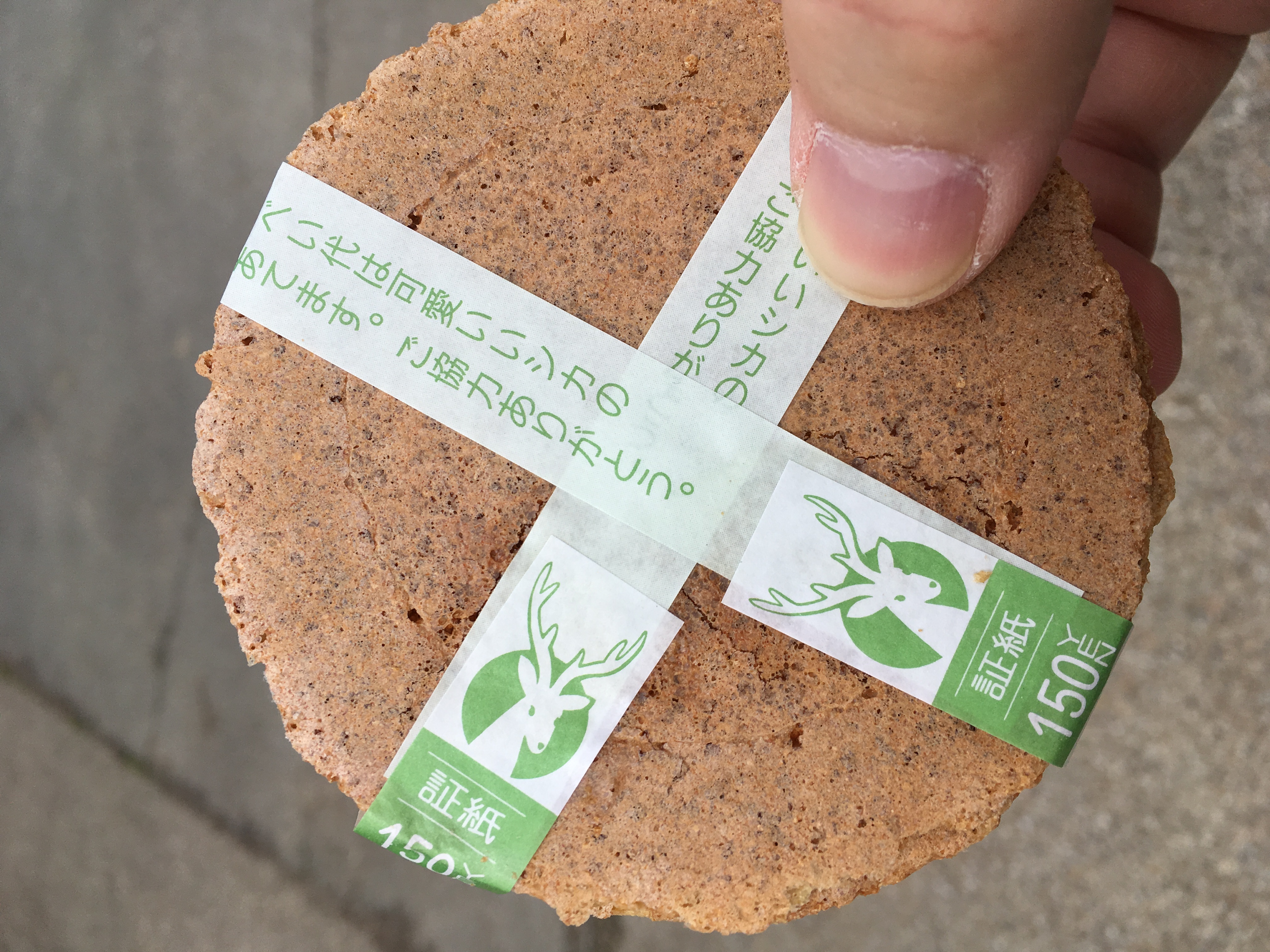
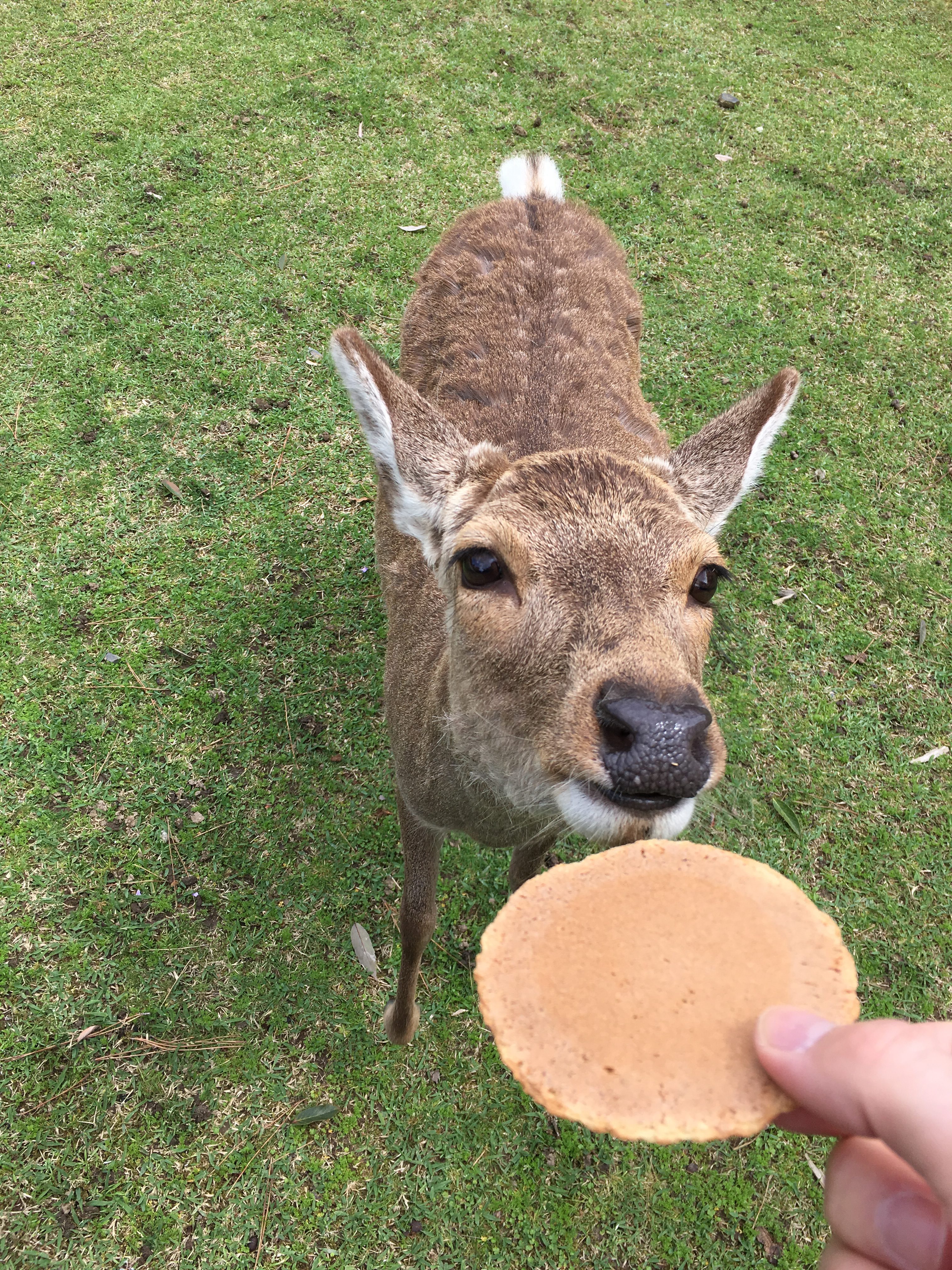
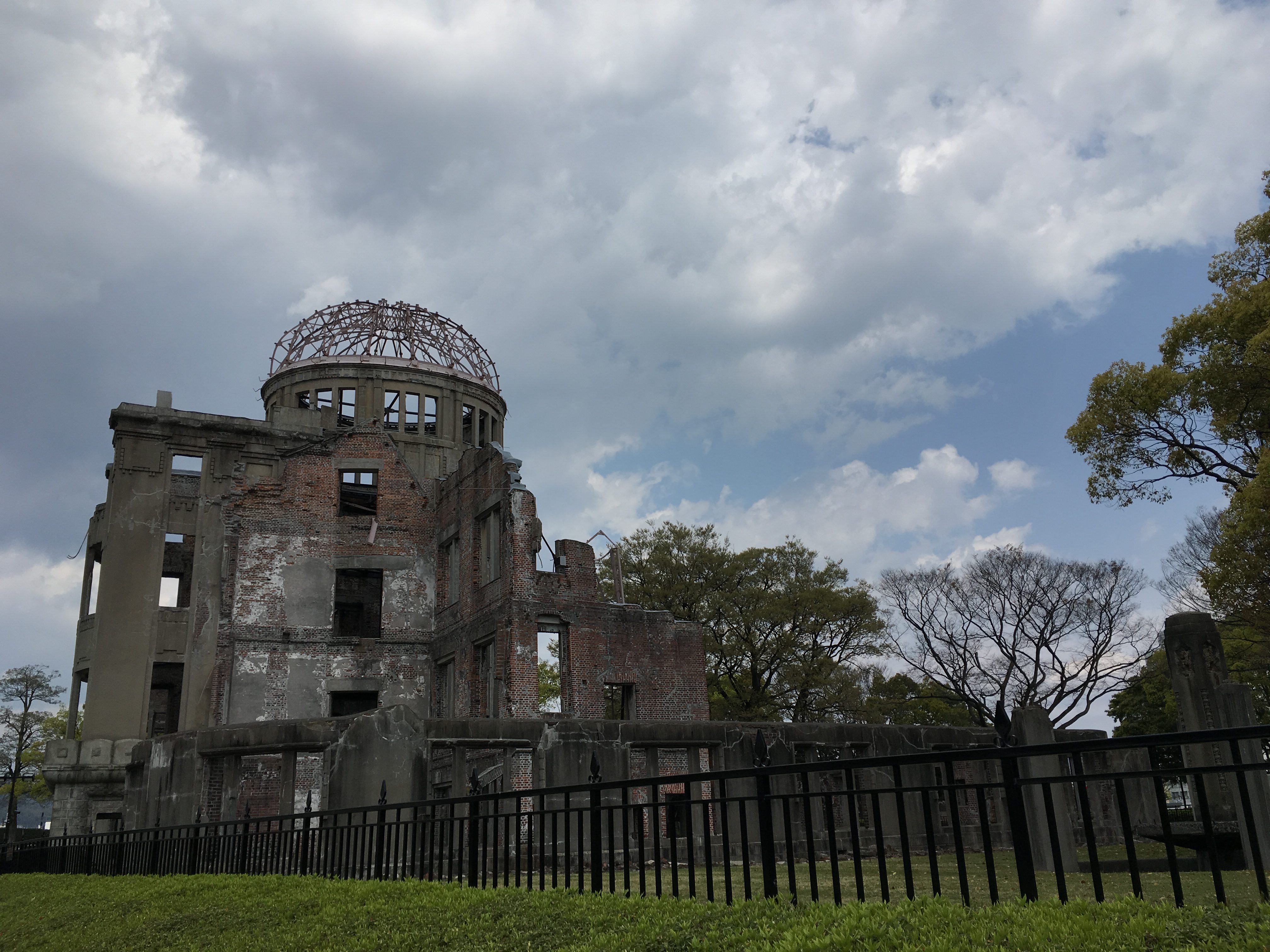
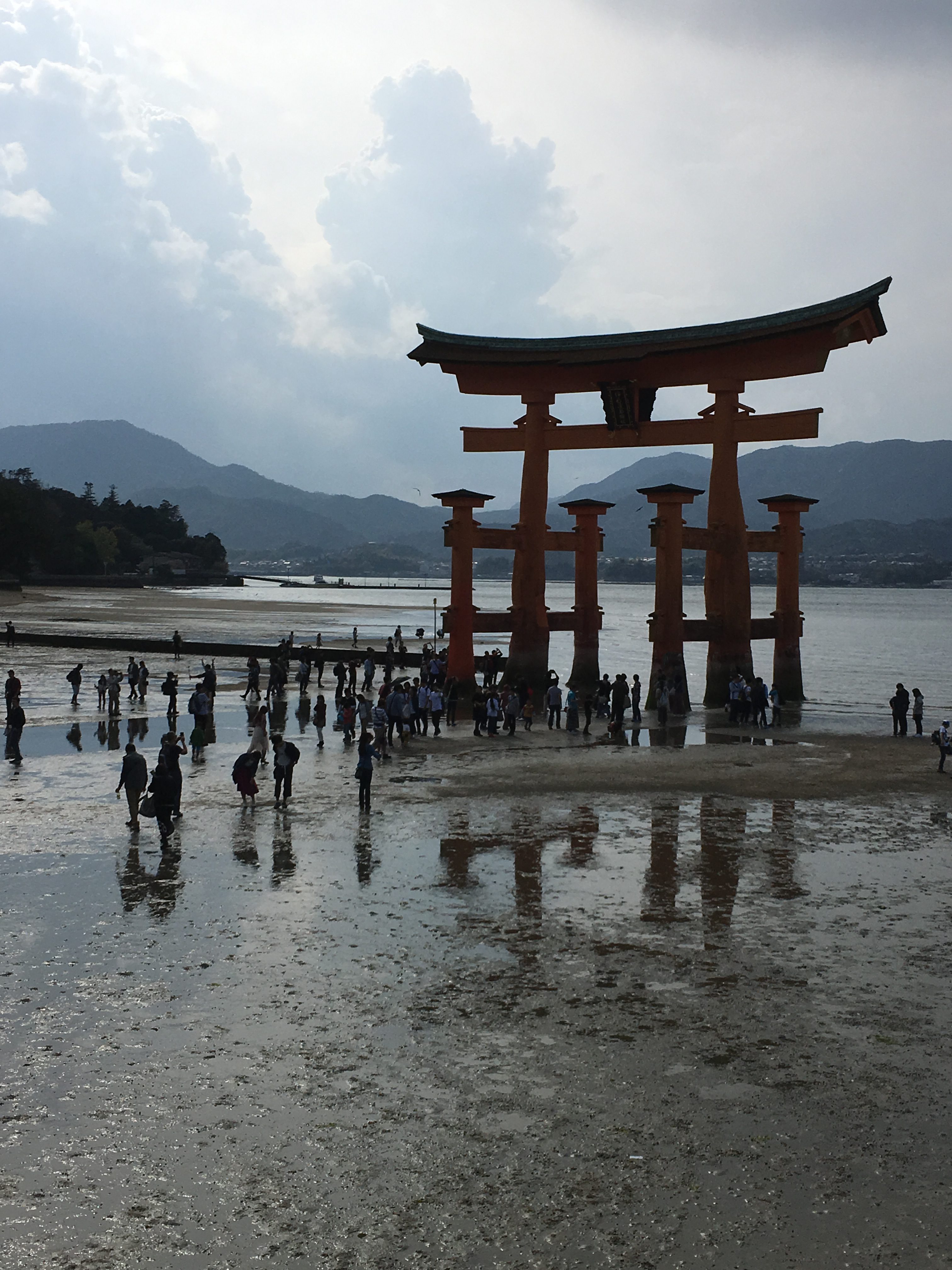


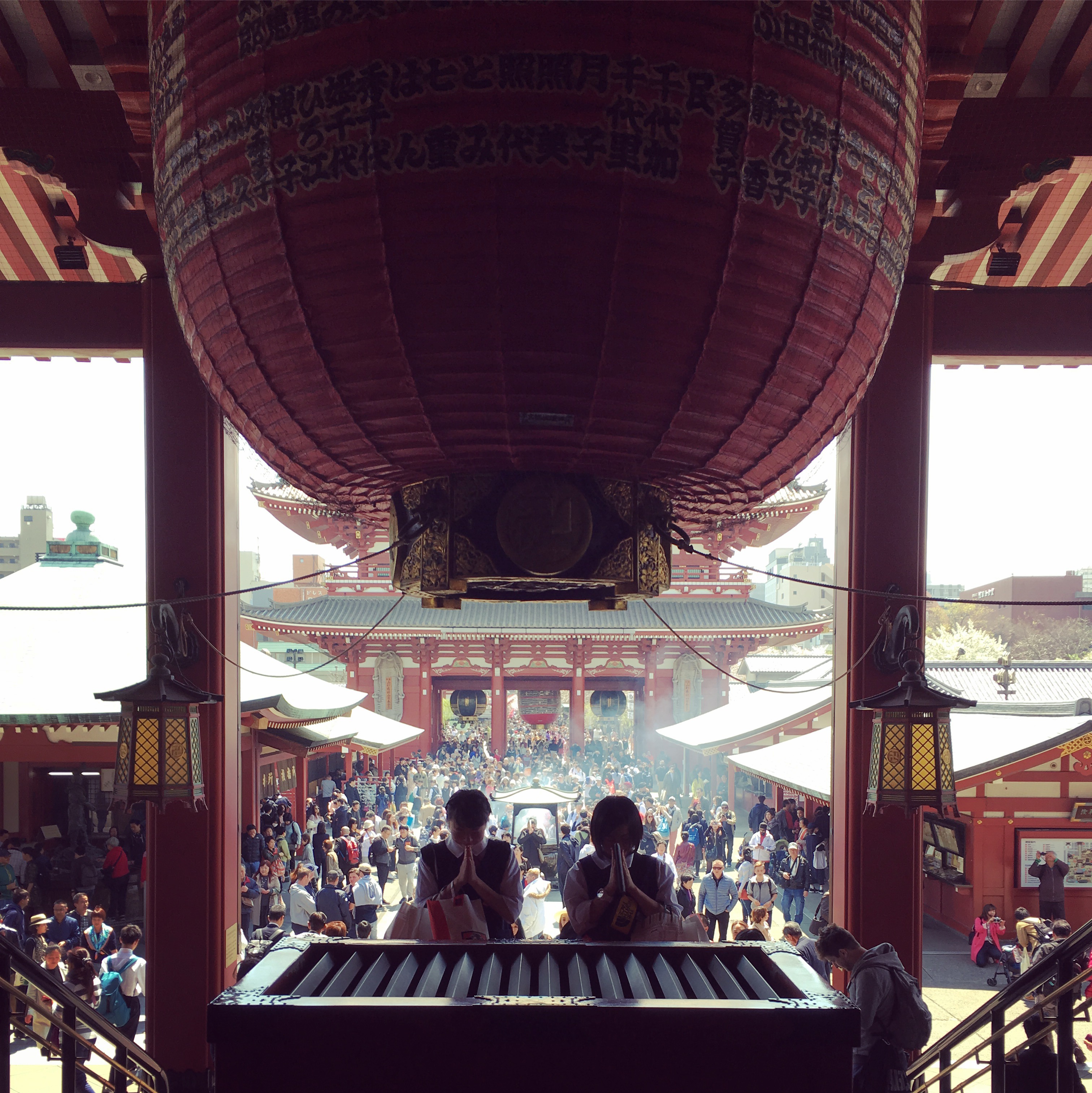

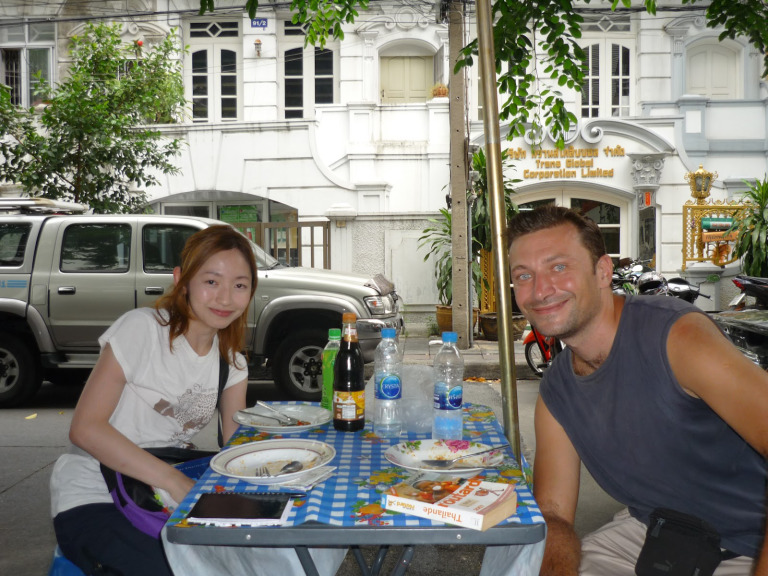
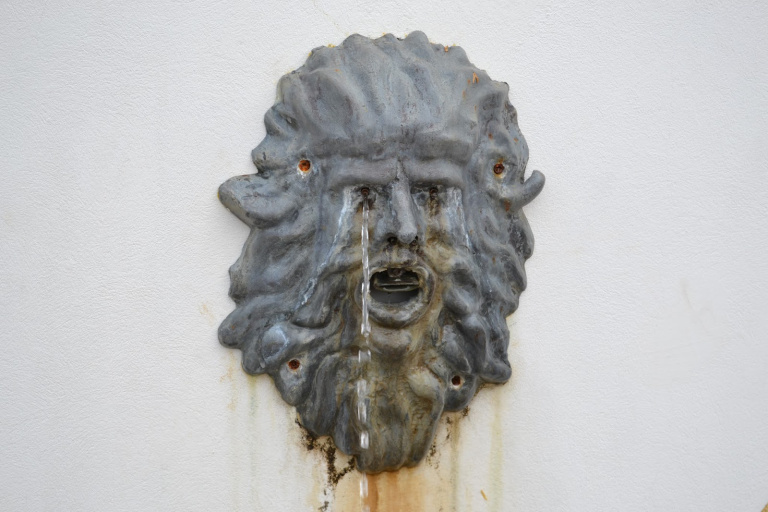
10 Comments
Karllie
20/06/2018 at 9:48 amJapan has never been high on my ‘to do’ list but it climbs every time someone talks to me about it as a great place to visit. And the thing I’m most excited about is the food! My favourite out of any cultural cuisine!
pulpedtravel@gmail.com
20/06/2018 at 7:05 pmIt’s an incredible place and wonderful for the more curious traveller as you have to work a teeny bit harder to understand make sense of the place. But when it comes to food, drink, the people and the place itself, Japan is hard to beat for that real adventure! Be sure to let me know if you ever decide to take that trip!
E Webb
20/06/2018 at 10:26 amSounds like a fantastic trip with lots of things to see and do
pulpedtravel@gmail.com
20/06/2018 at 7:05 pmIt’s really was! Still so much I want to go back to see too!
G Webb
20/06/2018 at 11:06 amLooks Amazing !!!!! 👍 country, on the must list to visit especially the bullet train.
pulpedtravel@gmail.com
20/06/2018 at 7:06 pmThe bullet train was just fantastic! A really exciting experience from start to finish!
Simone
20/06/2018 at 7:25 pmJust reading this has brought back so many happy memories. We will definitely be going back at some point. Great travel writing as always 😁
Howard
20/06/2018 at 10:57 pmA great read Mike. I like the mixture of old and new and would love to take the family one day. Thanks for the tips.
YamatoBet Slots
17/09/2019 at 8:36 pmI love the Japanese culture. It’s so rich in vibrant history and the Japanese people are some of the quirkiest people. I can’t wait to come back to Japan.
Julia
27/11/2019 at 1:19 amGreetings! Very useful advice in this particular post!